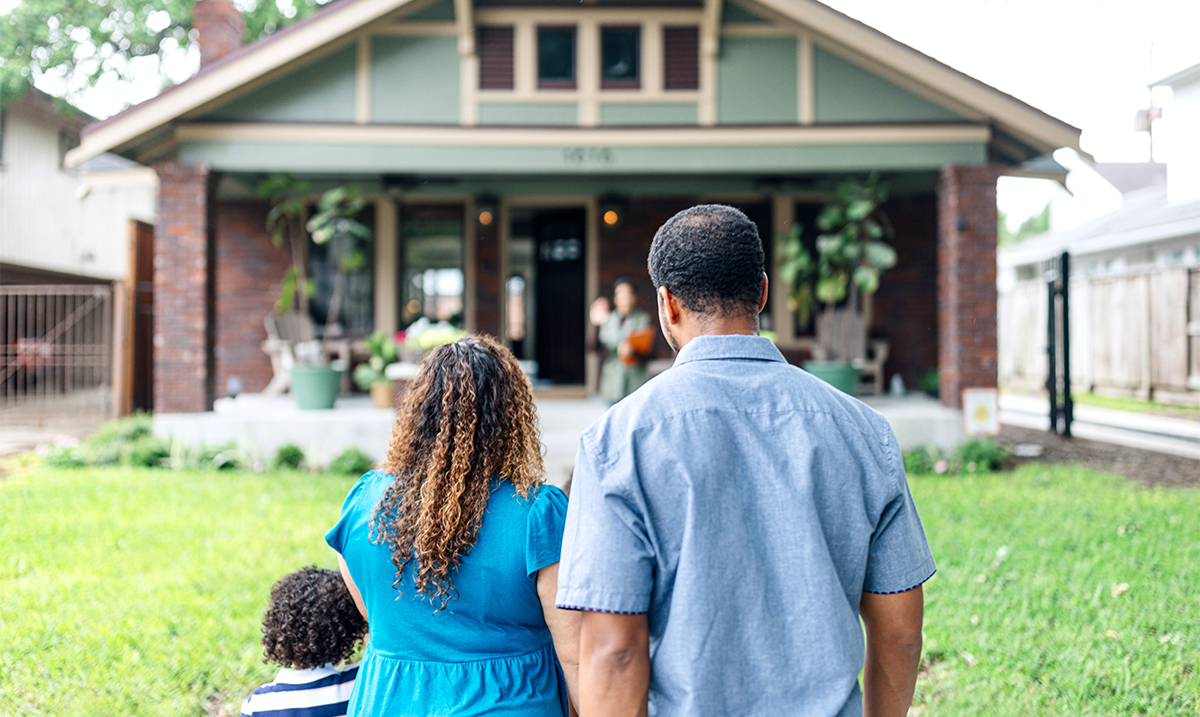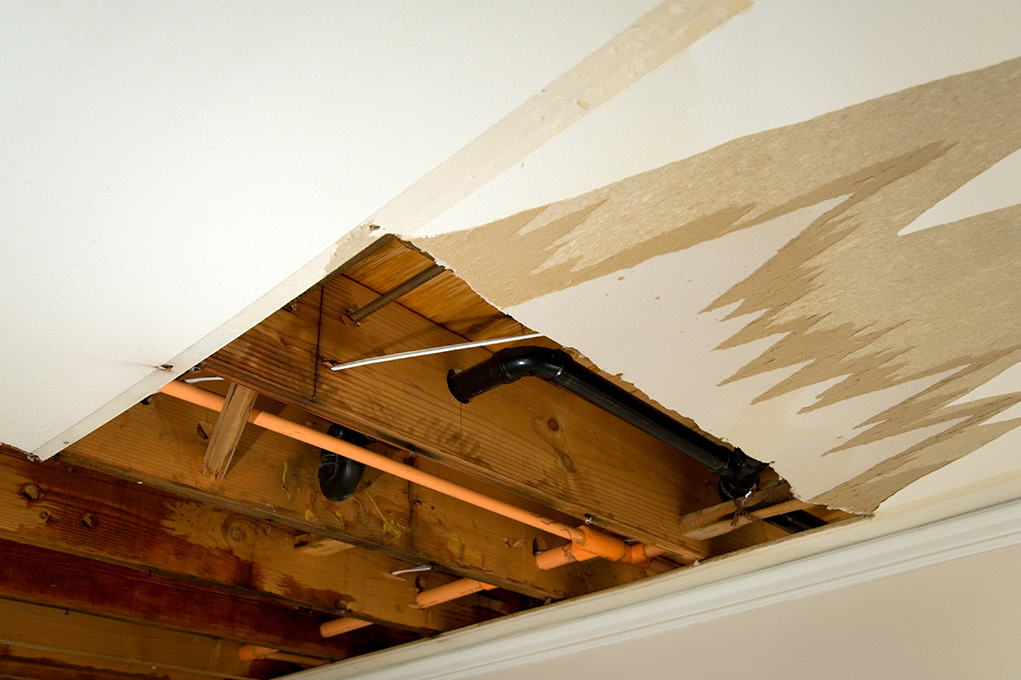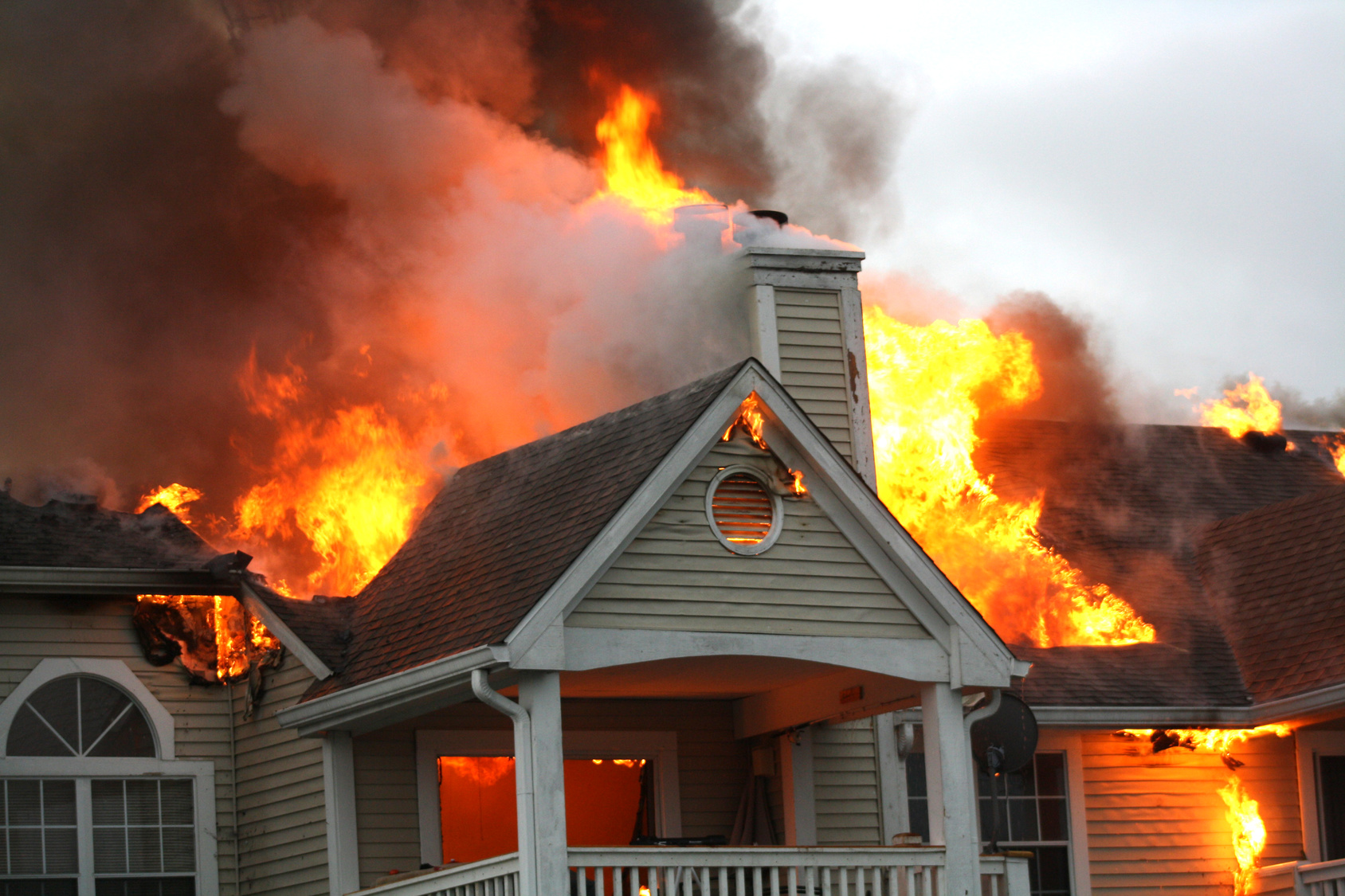One of the most frequently asked questions that insurance agents and public adjusters are asked is; how much should I insure my home for? There is no exact answer to this question, except that the amount of insurance in force should be at least eighty percent (80%) of the replacement cost value of the property. In residential insurance policies, failure to insure to eighty percent of the replacement cost value results in a penalty. That penalty could change the loss settlement from a “replacement cost” basis to an “actual cash value” settlement. Actual cash value is generally defined as the replacement cost less depreciation, with certain exceptions such as New Jersey, where the precedent dictates the use of the Broad Evidence Rule for determination of actual cash value. As a rule of thumb, replacement cost less depreciation is the norm. As an example, assume that the replacement cost loss is $50,000.00 and the depreciation is 10%, or $5,000.00. The resultant actual cash value would be $45,000.00 ($50,000.00 – $5,000.00 = $45,000.00). If you did not carry insurance of at least 80% of the total replacement cost of the dwelling, in this example, you would be paid only the actual cash value of the loss ($45,000.00) not the replacement cost loss of $50,000.
So how do you determine the replacement cost value of your home? A common method is to multiply the total square footage of available living space in your home times a factor which represents today’s cost to construct a “like kind and quality” home, normally expressed in dollars per square foot ($/sq. ft.).
Industry guides are available to estimate the replacement cost value in dollars per square foot, such as RS Means Square Foot Costs. These guides detail square foot replacement costs for different types of residential dwellings such as one story ranch homes, bi-level, two story, and three story homes. As an example, a 1-1/2 story, wood frame home with wood siding totaling 2,000 square feet would cost on average $92.75/sq. ft. to build according to RS Means 2011 edition. This base cost is then modified to add for items such as a finished basement ($20.70/sq. ft.) or upgraded kitchen cabinets and solid surface countertops ($ + 3528). The point is that this is an estimate, not an exact science, and you should be guided accordingly.
Most professional insurance agents are willing to help you determine the replacement cost value of your home and help you purchase the correct amount of insurance to comply with the policy guidelines. Be sure to prepare for the discussion with your agent by knowing the correct square footage of your home and the unique construction details such as upgraded kitchen cabinets, moldings or bath and kitchen appliances. Don’t forget to include attached garage space and attached decks in your discussion. You can determine the total square footage of available living area in some cases by referring to your tax assessment. If in doubt, measure the perimeter of the structure and multiply that amount by the number of stories it has.
As previously stated, this is an estimate which should only be used as a guide to help you comply with the insurance policy terms and conditions. If unsure about the correct value, it is better to overestimate, rather than underestimate, the replacement value to avoid potential penalties after you have suffered a loss to your home.




